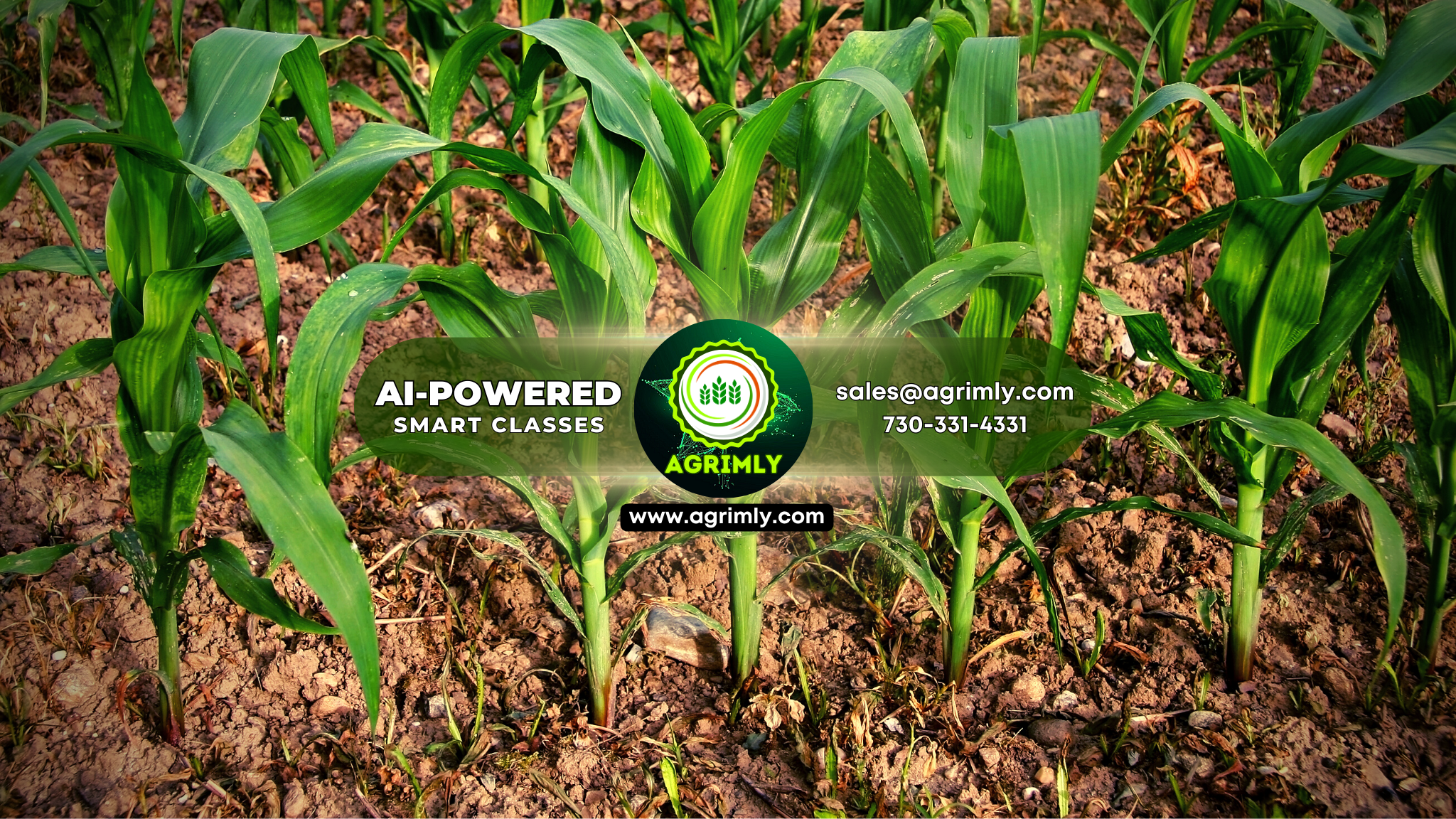Public Service Commission, West Bengal
161A, S. P. Mukherjee Road, Kolkata-700026
Source link: www.agrimly.com or www.wbpsc.gov.in
ANNOUNCEMENT
It is hereby announced for the information of candidates who have applied for the posts of WB Assistant Director of Agriculture (ADA) in Agriculture and Farmers Welfare Department, West Bengal in response to Advertisement no. 05/2023, that there will be a recruitment test for the above said posts. The Commission has decided as under:
WBPSC Assistant Director of Agriculture (ADA) details 2023 : Agrimly platform live -offline coaching classes, Notes and Test series available
Starting Date of Application Form : 25th July 2023
Last Date of Application Form : 17th August 2023
Total Post : 122
Exam Date : Notified Soon
Assistant Director of Agriculture (ADA) Scheme/Pattern of Recruitment Test:
1. The question paper of the recruitment test will be 100 Multiple Choice Questions (MCQs) based on the syllabus enclosed, and the same will be in English language only.
2. Maximum Marks: 100.
3. Duration of Paper: Two Hours.
4. All Questions carry equal marks.
5. For each wrong answer, one-third (0.33) mark shall be deducted.
6. If a question is not attempted, circle the corresponding bubble below # in the OMR Sheet, failing which one-third (0.33) marks shall be deducted.
7. The candidates to the extent of posts advertised will be shortlisted for interview.
8. No candidate shall be called for the interview/ viva-voce unless he/she obtains at least 40% qualifying marks in the recruitment test for unreserved category and 38% marks for all reserved category.
9. The Syllabus of above said posts is available on the Commission's website
Agrimly platform live -offline coaching classes, Notes and Test series available
Note: The Recruitment test will be conducted on ........
Place: Kolkata.
Date: 20.07.2023
Secretary
West Bengal Public Service Commission Mukherjee Road, Kolkata
Download Agrimly app.



